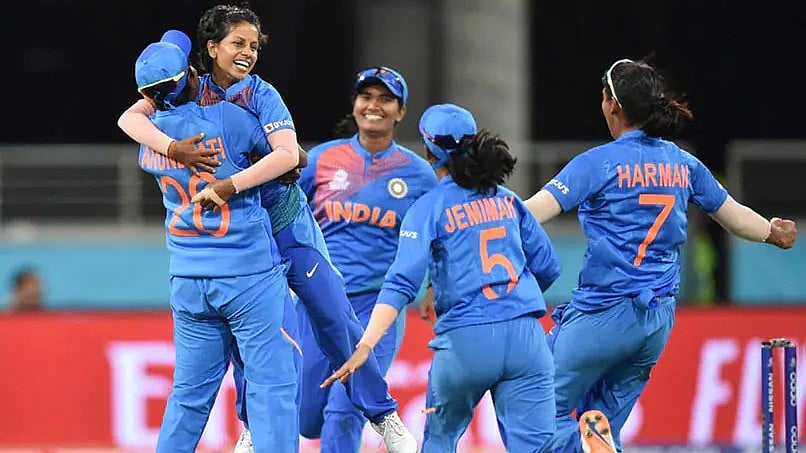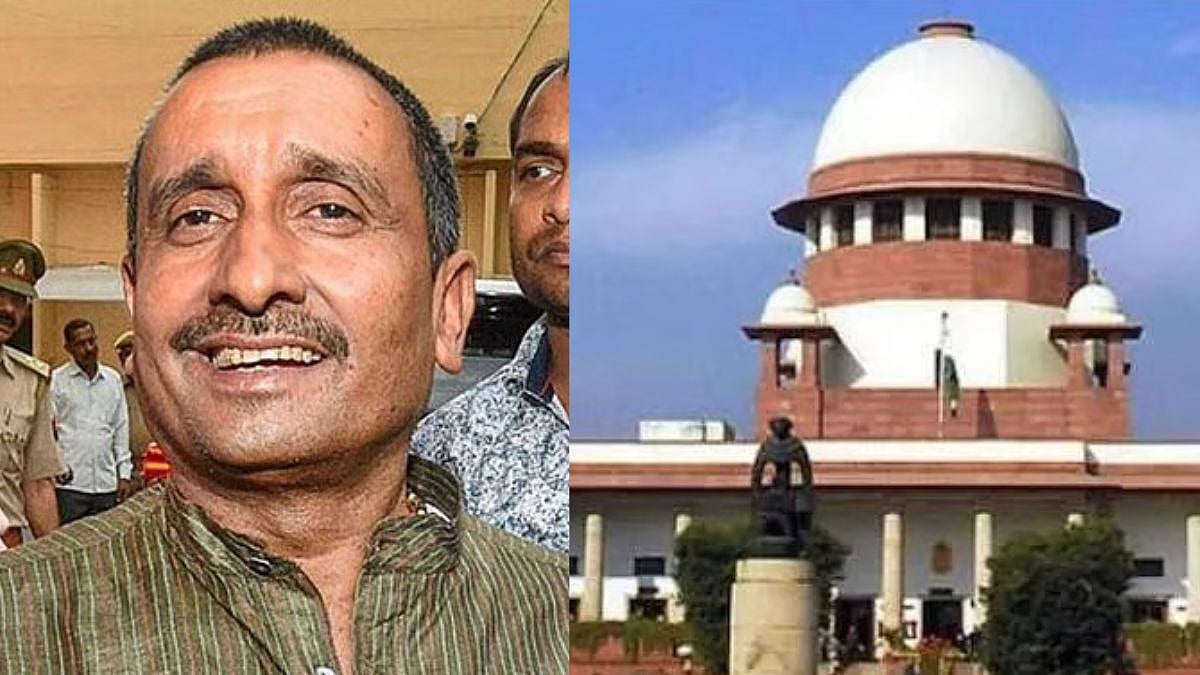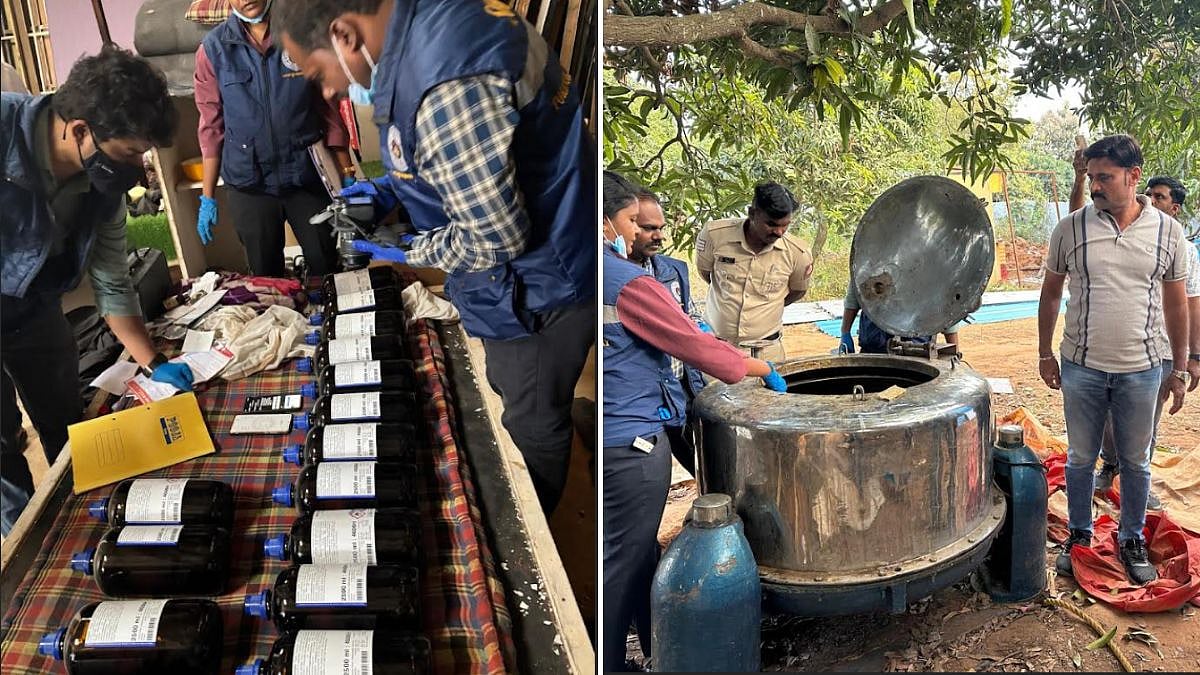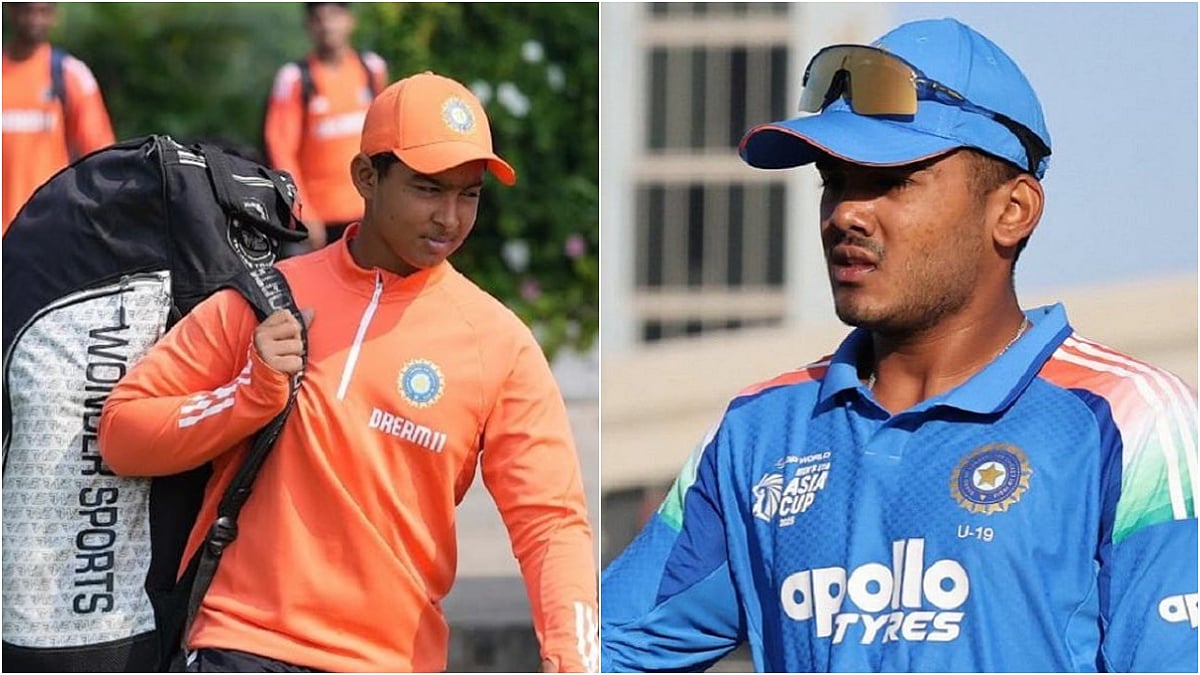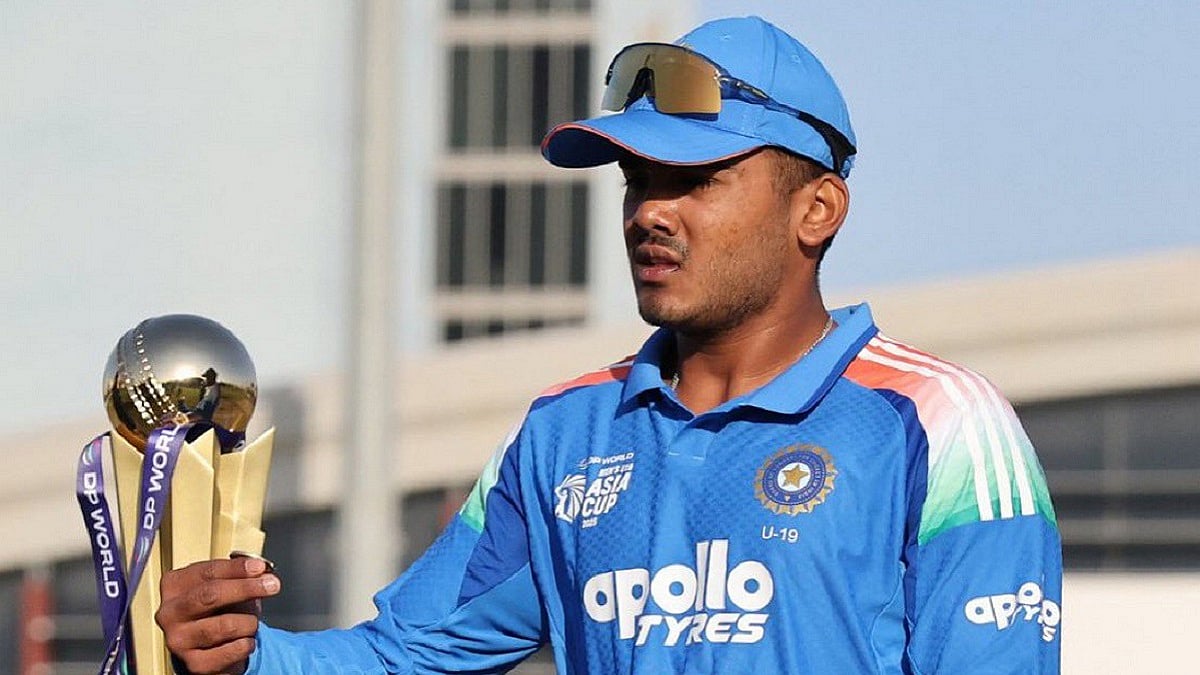Women's cricket has transformed heaps and bounds in recent years and with the emergence of franchise, cricket has come out of the shadow of the men's game. The struggle of women's cricket has been very evident. The players have had to fight for their recognition. Their struggle has started to pay off with the launch of a full-fledged Women's Premier League (WPL) in March.
Women's game drawing mega investment
Mega corporates have seen the financial potential in investing in the WIPL and the Board of Cricket in India (BCCI) have already made nearly $690 million from franchise and media rights sales. The investment doesn't stop here, the pending announcement of the title sponsor will further increase the revenue of the women's game.
India's cricket captain, Harmanpreet Kaur, calls the league a "game changer" for women's cricket in India. The growing interest in the female game was seen in the T20 series against Australia in December, which drew big crowds. Although Australia has dominated women's cricket for the last two decades, India is already a solid team and won the inaugural Under-19 T20 World Cup in South Africa.
"It's just the beginning," skipper Shafali Verma said after they beat England in the final in Potchefstroom.
"Women's cricket may not become more popular than men's cricket in India, but we certainly can hope to match them."
WIPL sparks excitement but raises concerns for rivals
India's overweening power in the game has been met with concerns from other countries.
"There's fear among a lot of players that once the women's IPL starts, India is going to dominate world cricket," Pune-born former Australia captain Lisa Sthalekar told Cricinfo.
"India will continue to lead the way with regards to a lot of initiatives around women's cricket," ICC general manager of cricket Wasim Khan told media on February 1.
"The values that have been brought in for those (WPL) teams just reiterate how valuable and how important women's cricket is and how it's seen by the potential investors."
Khan said the WPL would trigger a transformation of the entire women's game over the next few years.
"We are very much confident that what's happening in India was a catalyst to try and really drive the game to even greater levels," he added.
"The combination of ourselves working with the cricket boards, we certainly believe that in five years' time, the landscape is going to look very, very different."
